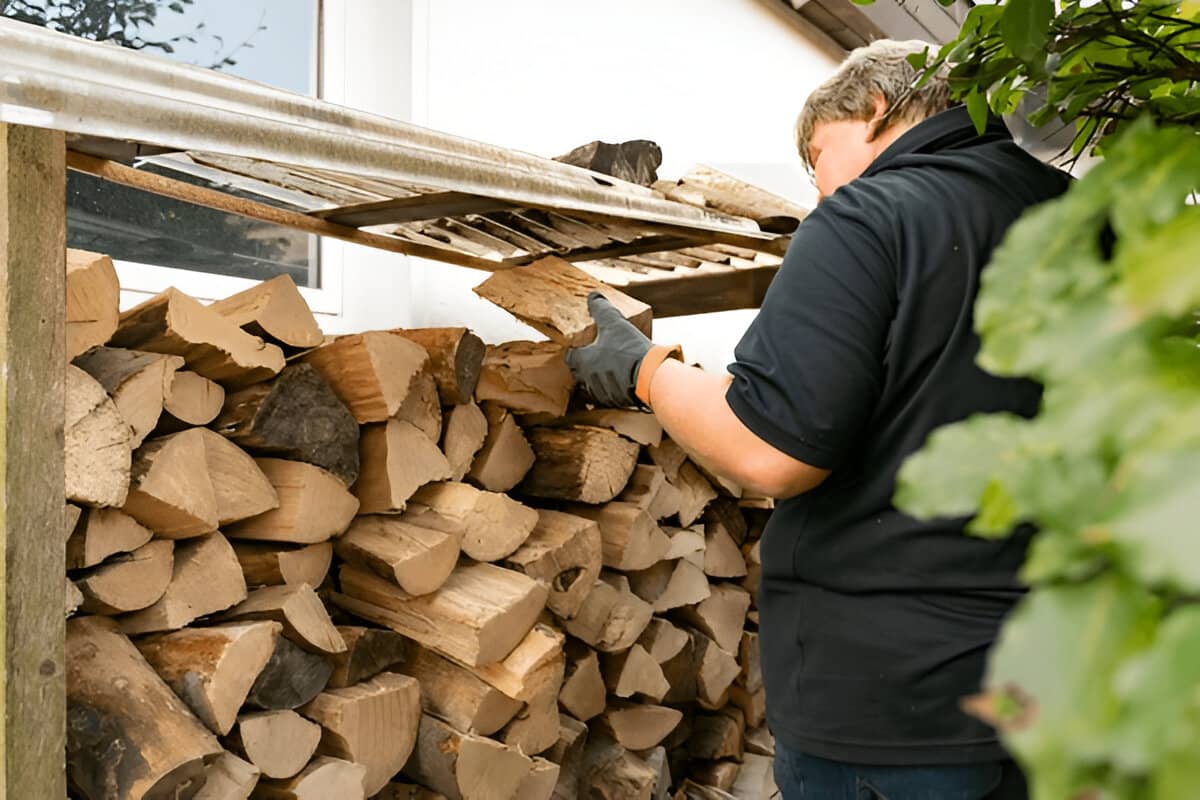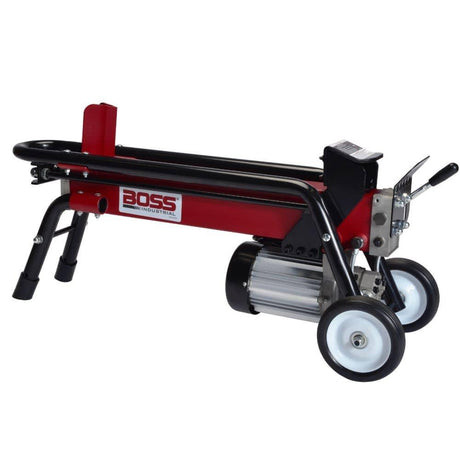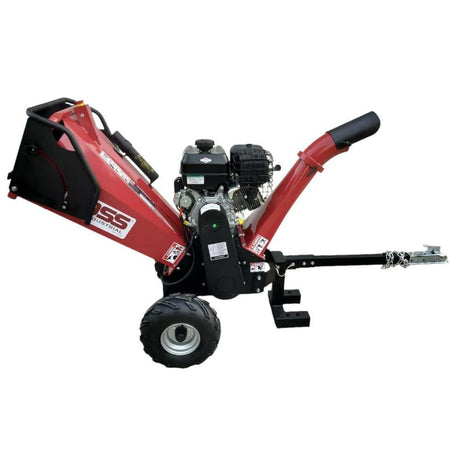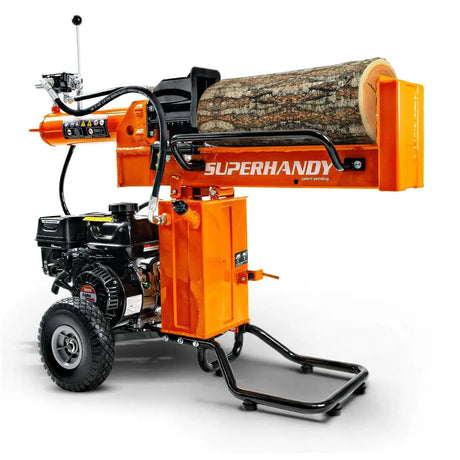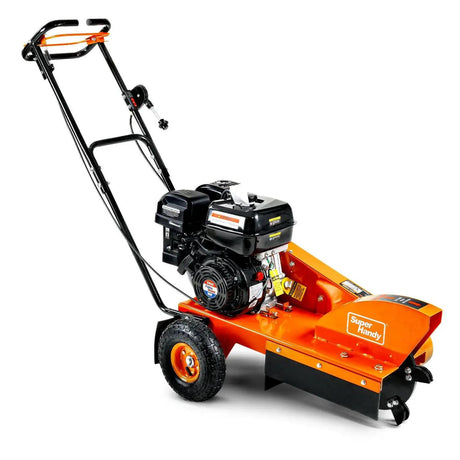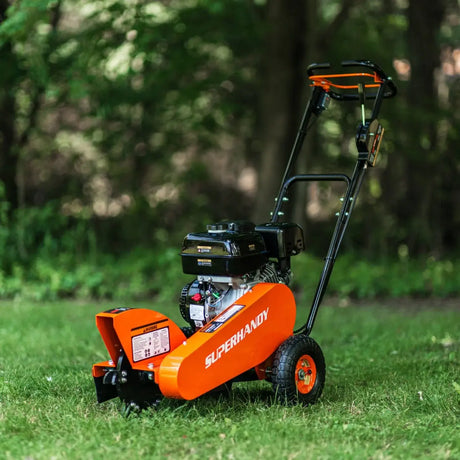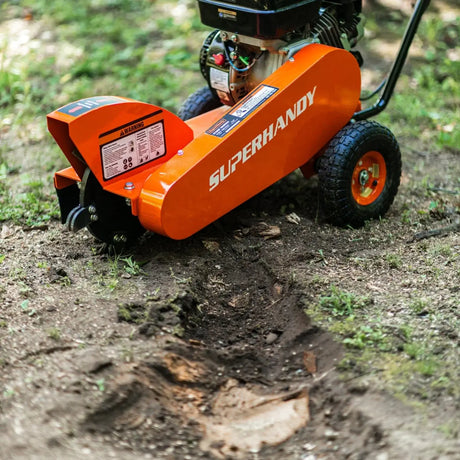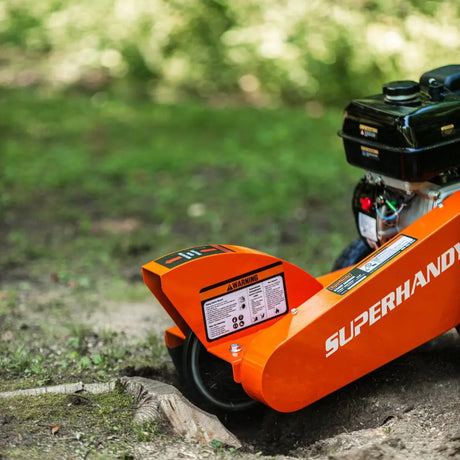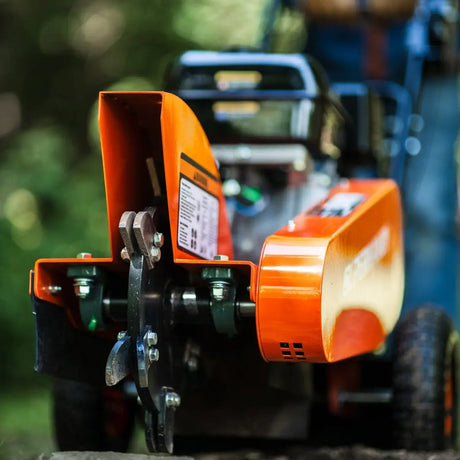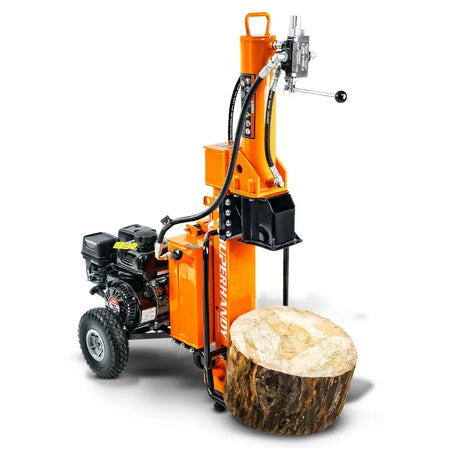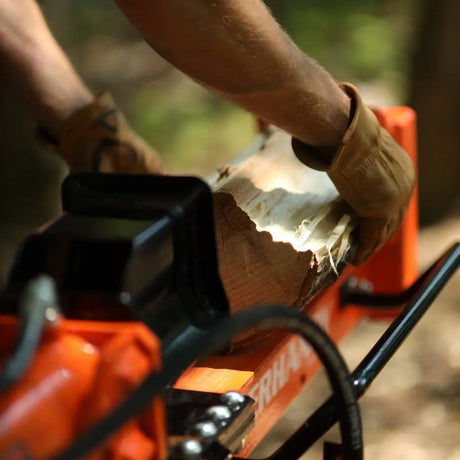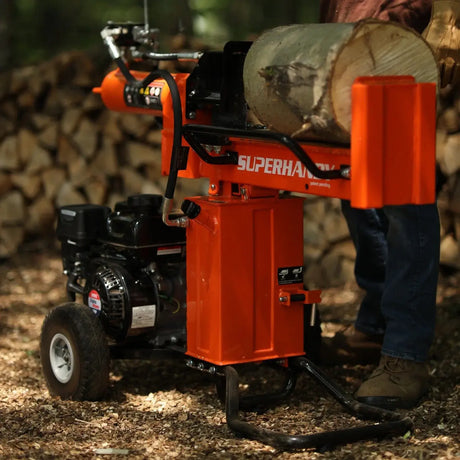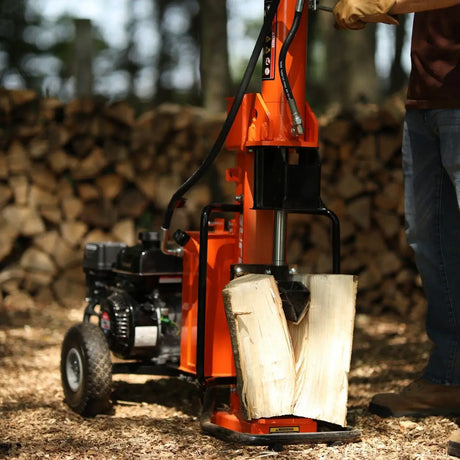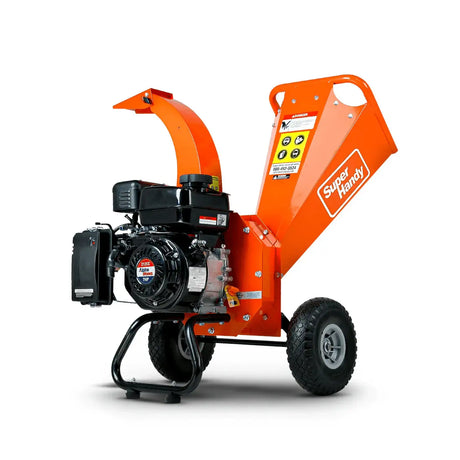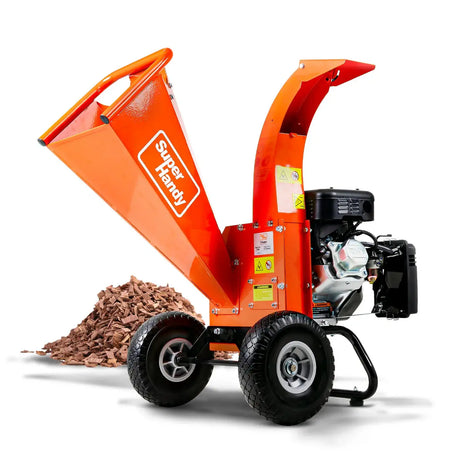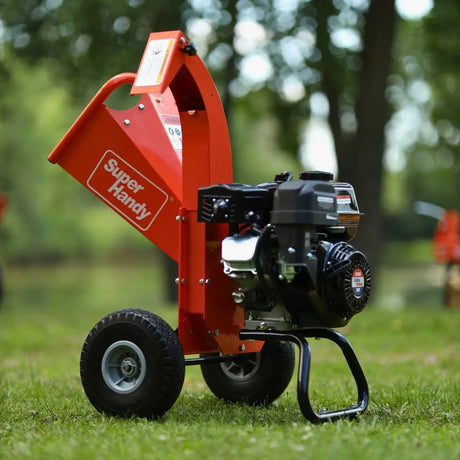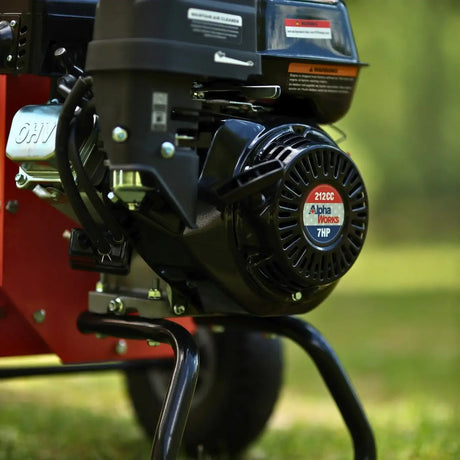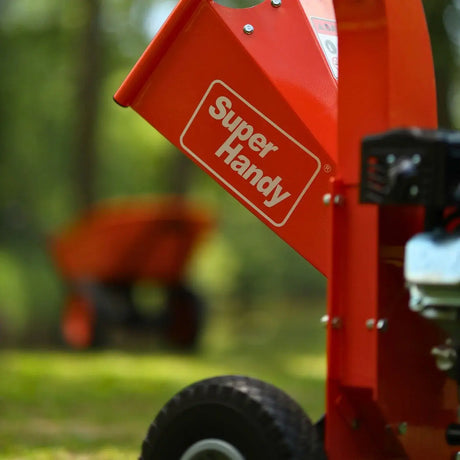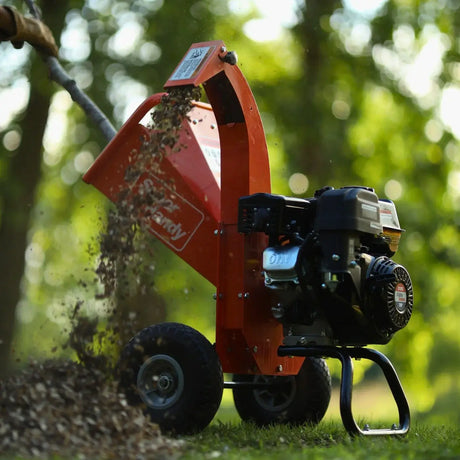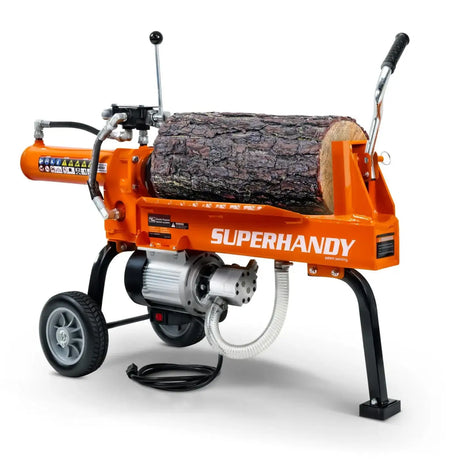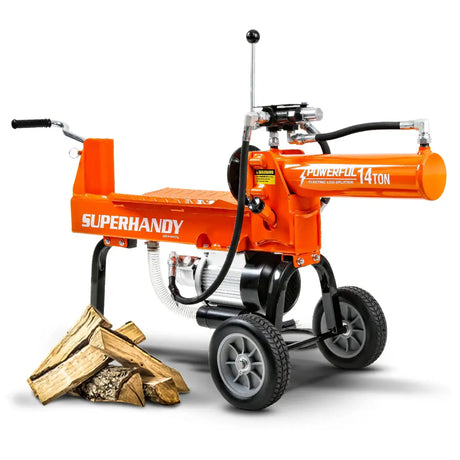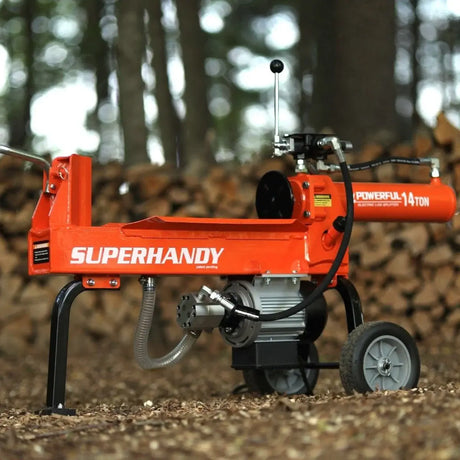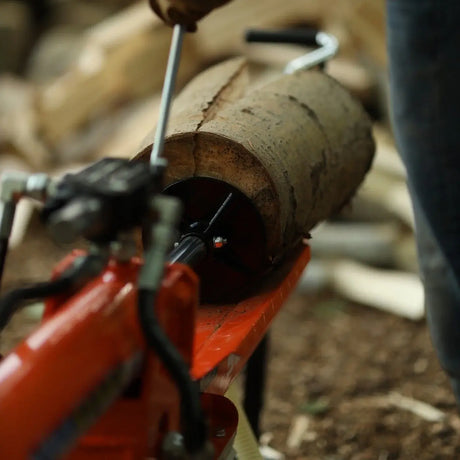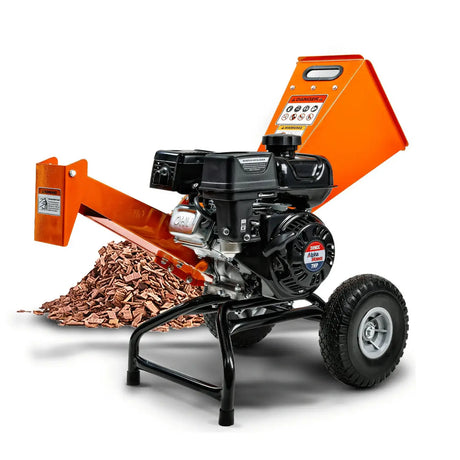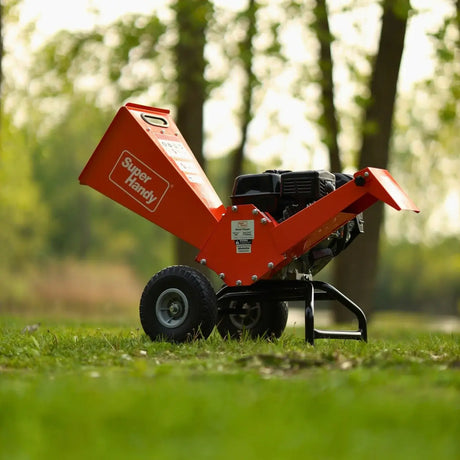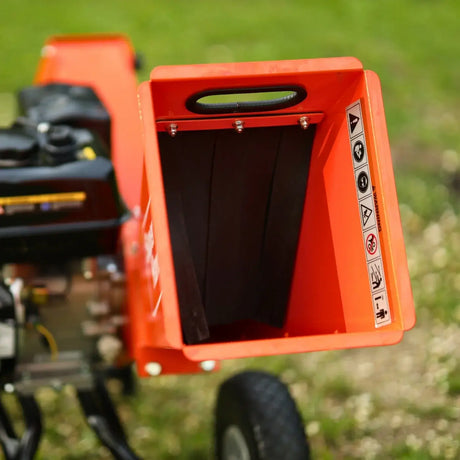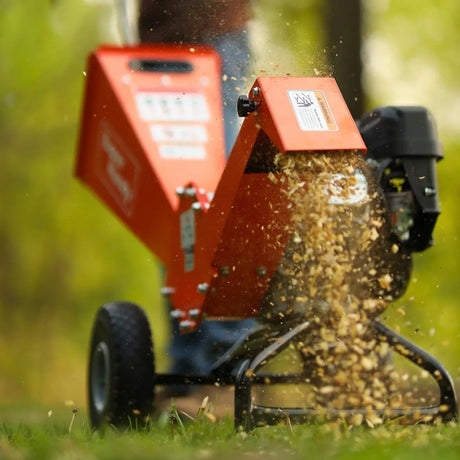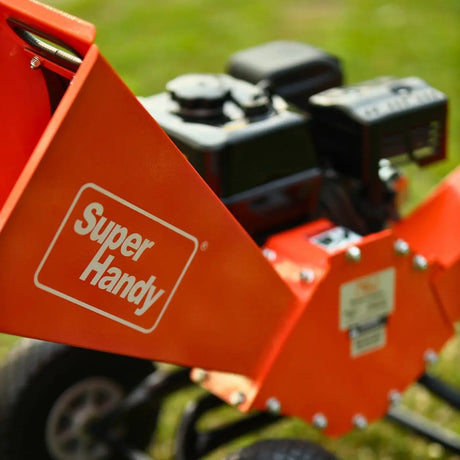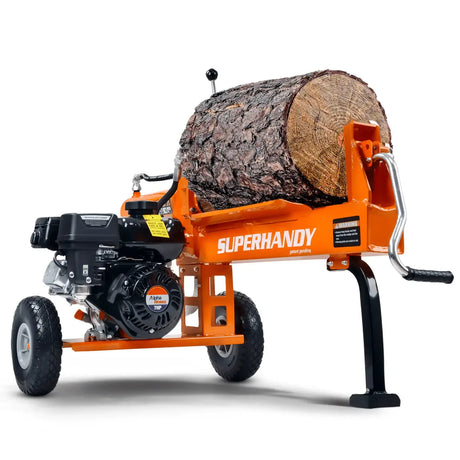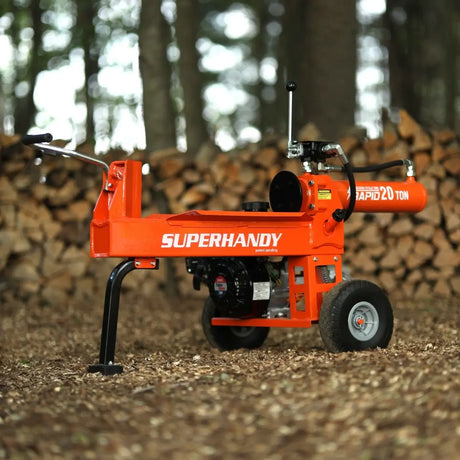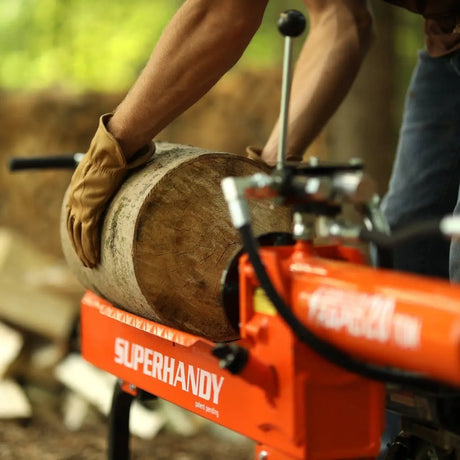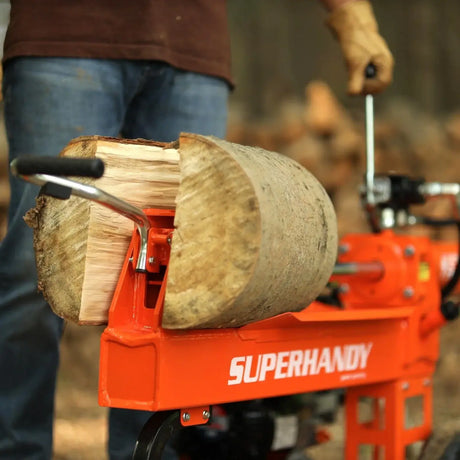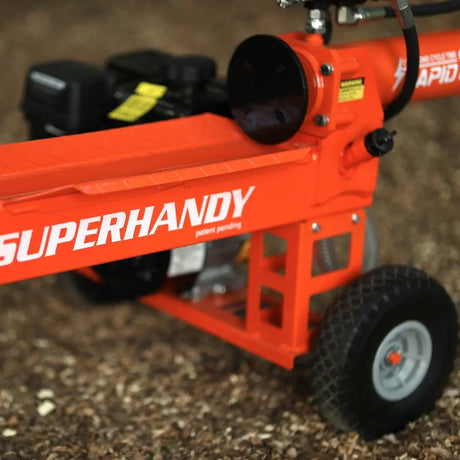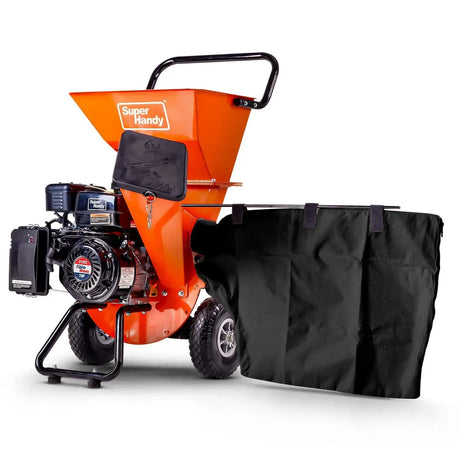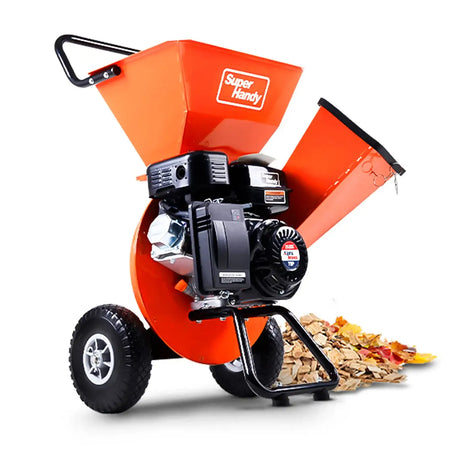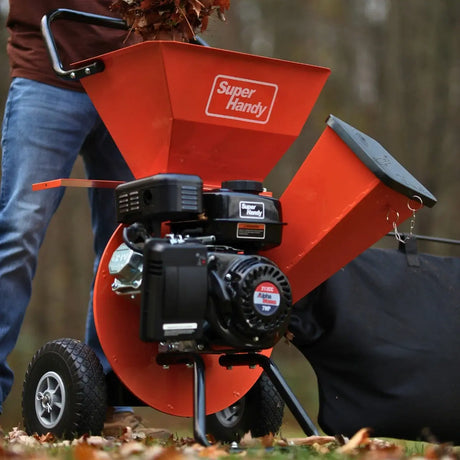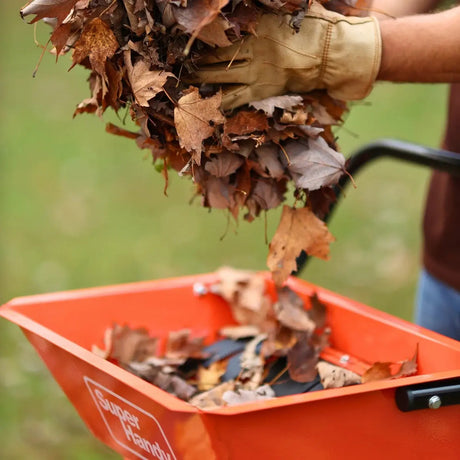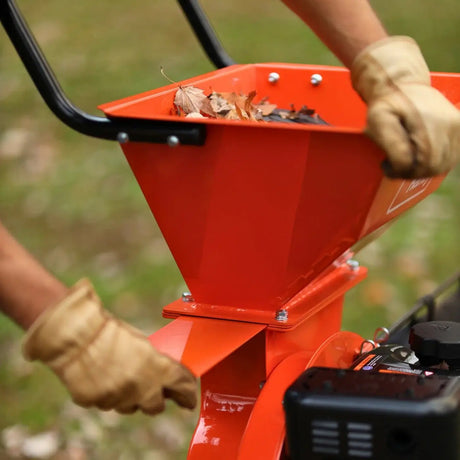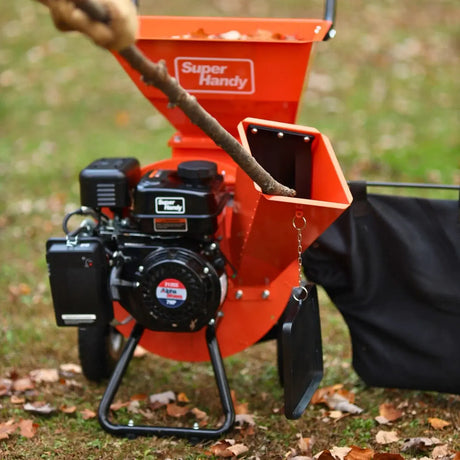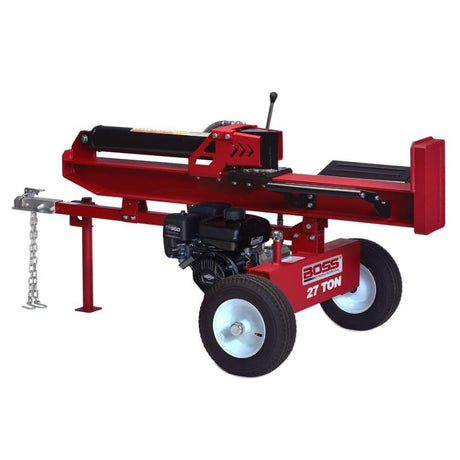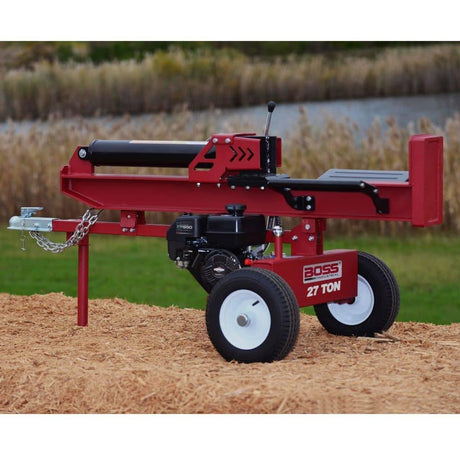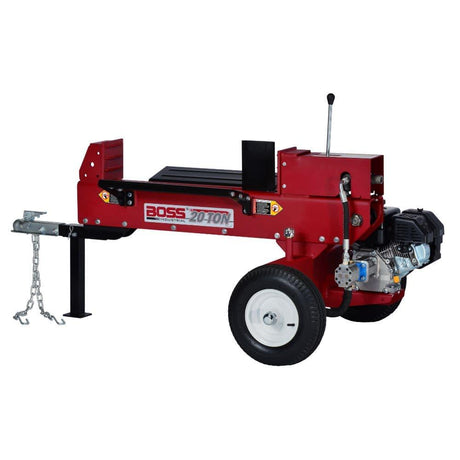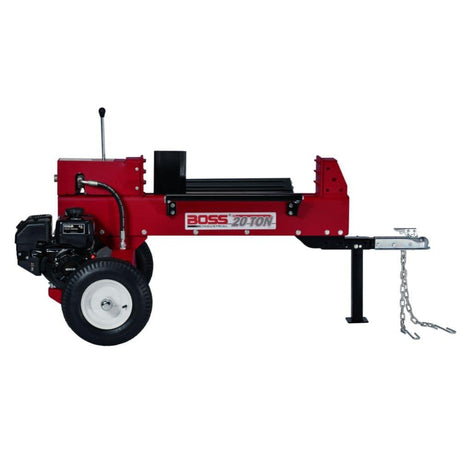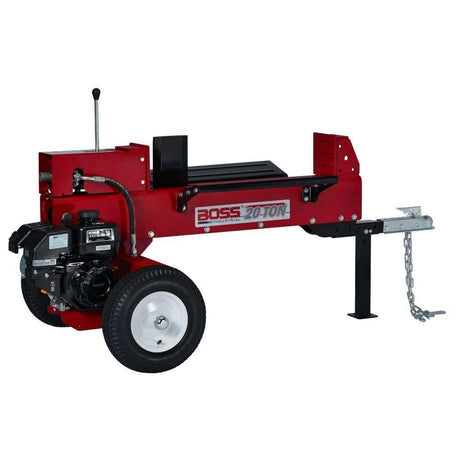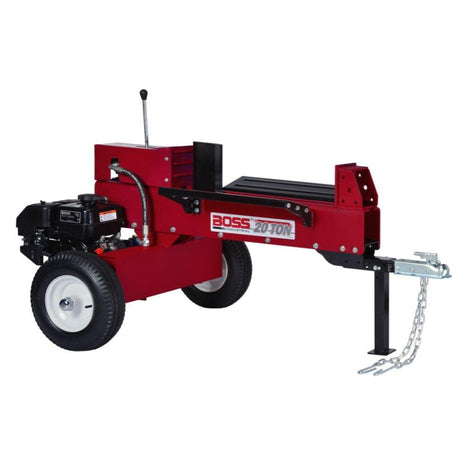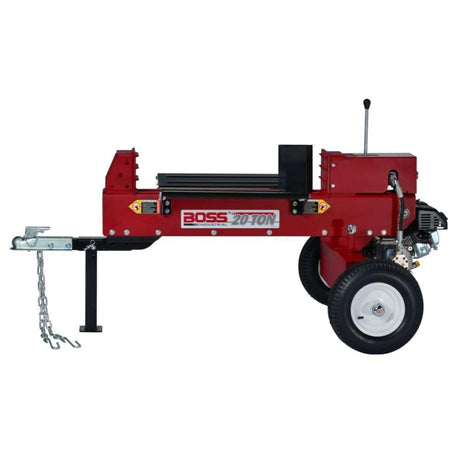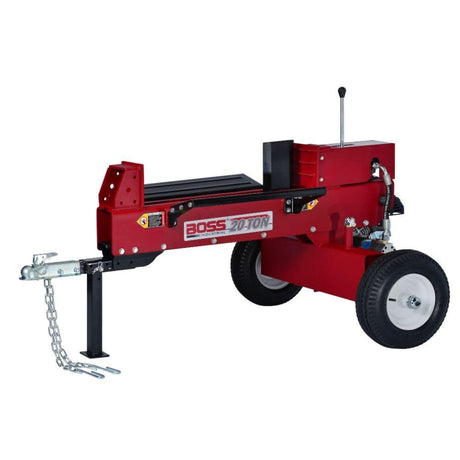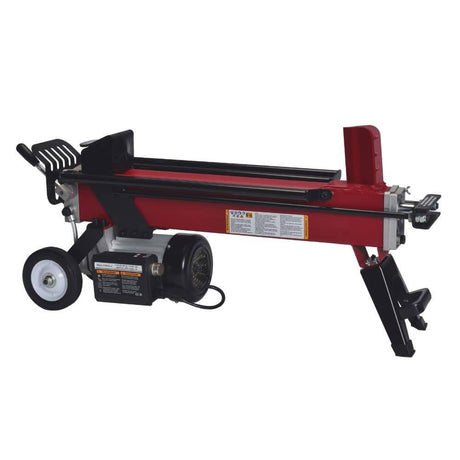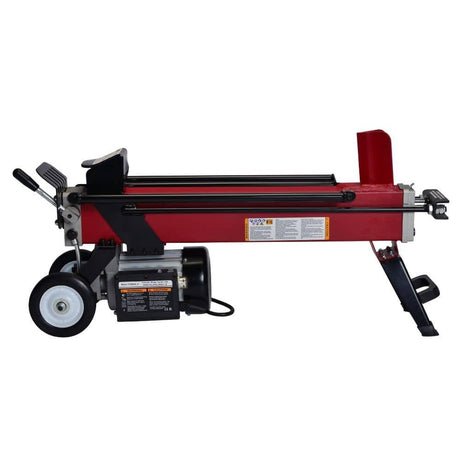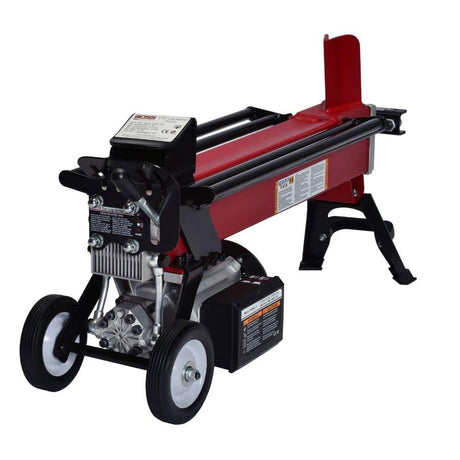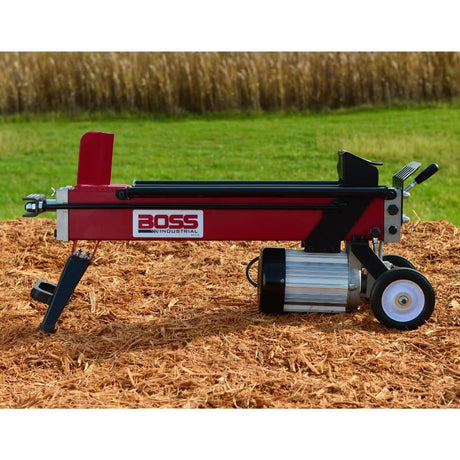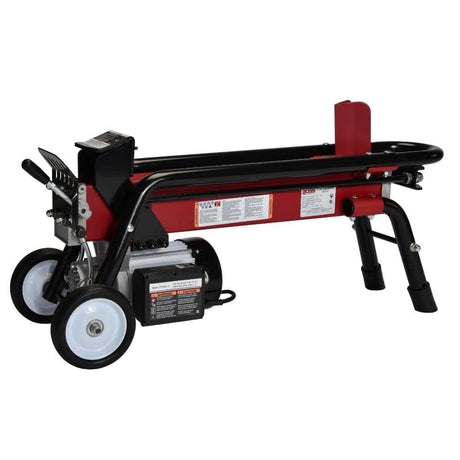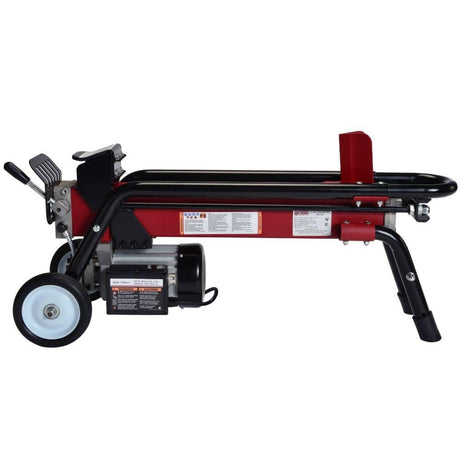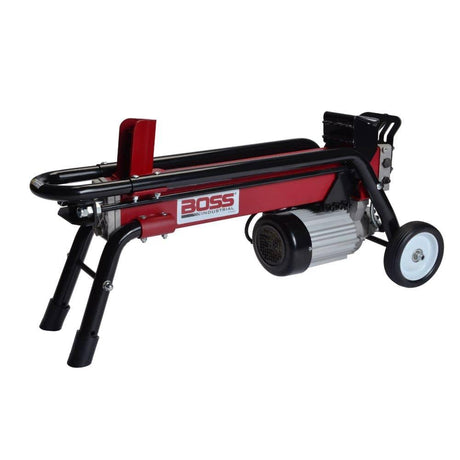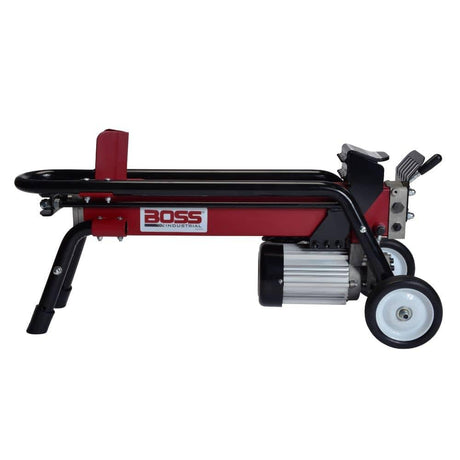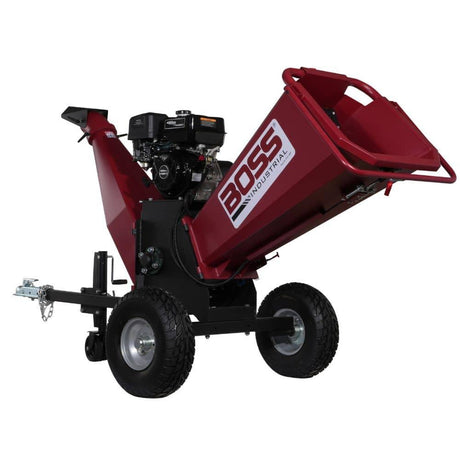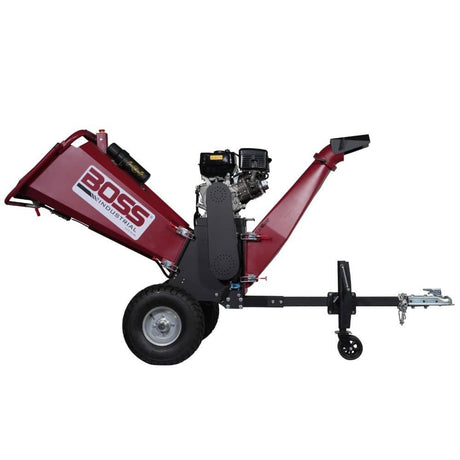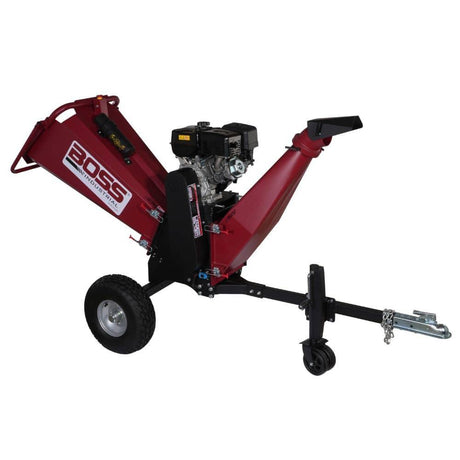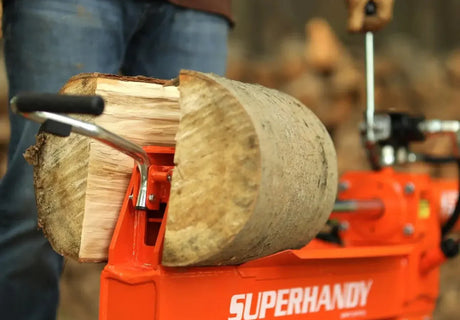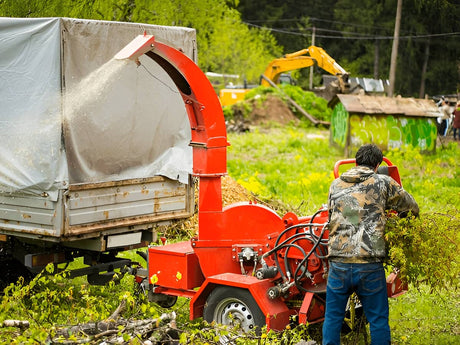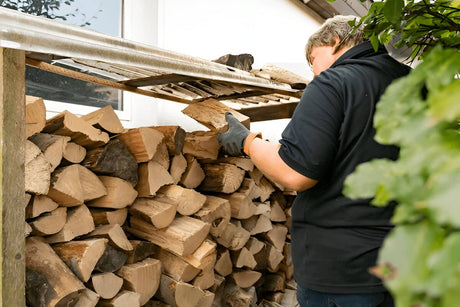Ever wondered how to stack firewood so it dries faster (and lasts longer)? The way you stack your firewood makes all the difference-not just in how quickly it dries, but in how well it burns and how long it lasts through the season. In this section, we'll cover the basics: location, airflow, and distance-so your firewood stack starts off right.
Key Takeaways
- Choosing the right location is the first step to effective stacking firewood.
- Keep your wood stack away from your house to prevent pests and reduce fire hazard.
- Sunlight and airflow matter more than you think-both speed up the drying process.
- Don't forget: a well-placed firewood stack means less mold, better burning, and more usable dry firewood.

Choosing the Optimal Location for Stacking Firewood
Where you place your wood stack has a direct impact on how well it dries-and how safe it is.
A bad spot means trapped moisture, rot, and bugs. A good one? Seasoned wood that lights quickly, burns clean, and lasts longer. Let's break it down.
Distance from Structures
Keep your firewood stack at least 20 to 30 feet away from your house, garage, or shed.
Why?
- Pests: Termites, rodents, and spiders love tucked-away wood piles near walls.
- Fire risk: A dry wood pile too close to your home is a fire hazard-especially in summer or during burn bans.
- Moisture: Structures block airflow and trap moisture, which slows the firewood seasoning process.
Quick tip: never store firewood directly against your house siding or under decks. It's tempting, but it causes more trouble than it's worth.
Sunlight and Airflow
The more sunlight, the faster your wood dries. Pair that with a good breeze, and you're speeding up the drying process by weeks or even months.
Here's what to look for:
- A sunny spot that gets several hours of direct sunlight a day.
- Exposure to the prevailing wind to encourage good air circulation.
- Open space-not tucked into a corner between fences or trees.
If you're stacking wood near trees, make sure it's not under dense shade. Even barked firewood can take forever to dry if it's in a cool, damp corner of your yard.
Got room on the south or west side of your property? That's usually your best bet for airflow and sun exposure.

Elevating Your Wood Stack
If you want to keep your wood stack dry and usable, getting it off the ground is non-negotiable. Stacking firewood directly on soil invites rot, pests, and constant moisture absorption. Elevation is the first real defense in the firewood seasoning process.
Let's look at the best ways to elevate your stack and why it matters.
Using Pallets or Treated Wood Boards
One of the simplest methods is laying down pallets or treated wood boards before stacking.
Why it works:
- Prevents the bottom layer from absorbing ground moisture
- Creates airflow underneath the entire stack, helping it dry evenly
- Keeps insects and mold from creeping into the underlying firewood
Make sure your pallets or treated wood boards are level. If your base wobbles, your stack will too. Use cinder blocks under each corner for extra stability if needed.
Bonus tip: place a few round logs underneath if you're short on pallets-just make sure they're not green or soft wood.
Firewood Log Racks
A firewood rack is a ready-made option that's ideal for smaller yards or patio storage.
Here's what makes them a great option:
- They lift all your wood off the ground
- Provide a stable structure for stacking safely
- Keep your wood stack neat, organized, and easy to access
Many homeowners use log racks for the stacking firewood closest to their home (think small batches near a fire pit or wood stove), while their main wood pile is stored farther away in larger stacks.
Whether you build your own with 2x4s or buy a steel frame version, racks are a reliable way to store firewood and protect it from ground moisture.

Effective Firewood Splitting Techniques
Before you even start stacking wood, make sure it's properly split. This step speeds up drying, improves airflow between pieces, and makes your fire easier to light.
It's not just about making the logs smaller-it's about maximizing surface area.
Proper Log Sizes
For most home use, split logs around 16 inches long and 4 to 6 inches wide hit the sweet spot. These sizes:
- Fit easily into most wood stoves and fire pits
- Dry faster thanks to the increased surface area
- Burn more efficiently with less moisture and minimal smoke
Avoid stacking oversized split wood or whole logs unless you plan to season them for over a year. Smaller, consistently sized pieces dry more evenly and are easier to handle.
Also, don't ignore those oddly shaped logs-they're perfect for kindling or for filling gaps in your wood stack later.
Tools for Splitting
The tool you use to split wood can make or break your experience. Here's a quick breakdown:
- Axe or maul: Great for manual work and smaller jobs.
- Log splitter: Gas or electric, perfect for large volumes of split wood or tougher species like oak.
- Wedge and sledge: Classic combo for knotty or twisted grain wood.
Keep blades sharp and inspect your gear before each use. A dull edge makes splitting harder and less effective-plus, it's more dangerous.
If you are unsure about which type of log splitters to choose, check out our Gas vs Electric Log Splitters comparison
Whether you're preparing for winter or building up your outdoor firewood stack for cozy weekends, splitting right means your stacking firewood efforts will pay off faster.
Shop Gas & Electric Log Splitters →

Best Firewood Stacking Methods
Once your logs are split, it's time to choose the best stacking method. This isn't just about neatness-it's about getting your firewood dry, keeping it stable, and making sure your stack lasts through the seasons.
The way you stack firewood properly makes all the difference in how quickly it seasons and how safe your stack is. Let's break down the top firewood stacking techniques and how to use them.

American Stacking Method
The American stacking method is the classic go-to for many homeowners. It's simple, effective, and ideal for basic outdoor stacking.
How it works:
- Lay split wood in tight, straight horizontal rows
- Alternate grain direction every few layers for extra stability
- Keep the firewood stack no more than four feet high unless supported
It's great for long-term storage beside a wood shed or fence. Just be sure to elevate the wood pile and allow a few inches between stacks for airflow.
This stacking method works well in most climates and gives you easy access to seasoned firewood as needed.

Norwegian Stacking Method
The Norwegian stacking method, also known as Holz Hausen, is both functional and visually striking.
Here's how it's done:
- Stack split logs in a circular shape with the cut ends facing outward
- Form a spiral as you build upward, tapering slightly toward the top
- Place barked firewood or round logs on top for weather protection
Why people love it:
- Promotes excellent air flow and even drying
- Holds a surprising amount of wood in a small footprint
- Adds character to your yard or wood house setup
This stacking method is ideal if you want a self-supporting structure that looks as good as it works.
End Pillars Stacking Method
The end pillars stacking method adds both form and function to your firewood stack. Think of it as a hybrid between traditional rows and vertical towers.
How to do it:
- Build sturdy vertical columns of split wood on both ends of your stack
- Fill the middle with neatly arranged rows of split logs
- Align the cut ends east-west to catch the prevailing wind
The end pillar wood stack keeps your rows from toppling and allows for better good air circulation between logs. You can even get creative-some people build their end pillars using a spiral pattern or disc shape for style and airflow.
This method is especially handy when space is limited but you still want a solid, weather-resistant wood stack.
Each of these stacking wood techniques has its strengths. The key is picking the best way to stack based on your climate, yard layout, and how much firewood you plan to store.
When done right, stacking firewood isn't just about drying-it's about creating a stable structure that keeps your fuel safe, dry, and ready for the next roaring fire.

Ensuring Proper Airflow
When it comes to stacking firewood, airflow is everything. Good air circulation is what turns a pile of logs into dry firewood. Without it, you'll end up with damp, moldy wood that smokes more than it burns.
Proper airflow means your firewood stack seasons faster, stays mold-free, and is always ready for a roaring fire when you need it. Let's go over the smartest ways to keep your wood stack breathing.
Crisscross Stacking
The crisscross stacking technique is a classic because it's simple-and it works.
Here's how to do it:
- Stack alternating layers of split wood at 90-degree angles
- Keep the corners aligned for balance and structure
- Use this for the ends of long rows or build small towers
This method creates natural air channels between the logs. The result? More air flow, faster drying, and a more stable firewood stack.
It's also a perfect base for the end pillars stacking method, adding stability and airflow where it matters most.
Spacing Between Logs
Even with the best stacking method, logs packed too tightly won't dry properly. Spacing between logs allows for continuous airflow across your entire stack.
Key rules:
- Leave 1 to 2 inches between each piece
- Avoid tight stacking-it slows the drying process
- Use smaller chunks and oddly shaped logs to fill gaps without blocking ventilation
If you're stacking two split logs together, make sure the cut sides aren't flush against each other. That small change can make a big difference in how quickly your firewood dries.
Remember: airflow is what turns your firewood stack into truly seasoned wood.

Protecting Firewood from the Elements
Once your wood stack is in place and drying, your next job is protecting it from moisture. Rain, snow, and ground contact can undo all your careful stacking firewood work if you're not careful.
Covering your stack keeps the top dry but still lets air move freely around the sides. Here's how to do it right.
Tarp Coverage
Using a tarp is the simplest way to shield your firewood-but only if you use it correctly.
Tips:
- Cover only the top of your wood pile, never the sides
- Secure the tarp to prevent it from blowing off during a storm
- Make sure it's slightly elevated to allow runoff
Covering all sides may seem safer, but it traps moisture and stops the drying process. The goal is to keep the rain off without blocking airflow.
Metal Roofing Pieces
For a longer-lasting, low-maintenance cover, go with metal roofing. Many homeowners use corrugated panels to protect stacks in sheds or standalone rows.
Why it works:
- Heavy enough to stay in place
- Water-resistant and long-lasting
- Keeps the top layer dry, which helps protect the underlying firewood
You can lay sheets of metal roofing directly over the top logs, using bricks or logs to weigh them down. It's especially effective for tall stacks or the end pillar wood stack.
Firewood Sheds
If you really want to store firewood for the long haul, a firewood shed is worth the investment.
A well-ventilated wood shed:
- Protects your stack from rain and snow
- Keeps the bottom layer elevated
- Offers shade without trapping moisture
For best results, keep one side open to allow wind to pass through. This helps you maintain good air circulation and avoid moisture buildup, especially in humid regions.
Use slatted walls or an open back to encourage even more airflow.
Done right, protecting your firewood stack doesn't just keep it dry-it keeps it efficient, safe, and ready for any fire pit or wood stove. Combine airflow with the right weather protection, and you're set for cozy nights all season long.

Common Mistakes to Avoid When Stacking Firewood
You can have the best firewood stacking techniques in the world, but if you make one of these common mistakes, your firewood stack won't dry properly-and it might not last long either.
Let's go through the missteps that can ruin a good wood stack, and how to avoid them.
Overstacking
Stacking your firewood too high might seem like a space-saver-but it's a stability killer. Once you go above four feet, your wood stack becomes prone to tipping, especially in bad weather.
Tips to avoid this:
- Keep stacks under 4 feet tall
- Use the end pillars stacking method or a firewood rack for vertical support
- If stacking higher, do it inside a firewood shed or along a wall for extra structure
You want a stable structure-not a pile waiting to fall over.
Tight Stacking
Stacking wood too tightly is one of the biggest drying mistakes. It restricts air flow, traps moisture, and leads to moisture buildup deep in the entire stack.
Here's what to do instead:
- Leave small gaps between logs
- Avoid packing logs flush-especially two split logs
- Use split wood and avoid relying too much on round logs, which dry slower
Loose, breathable stacks always win. A little spacing goes a long way in helping your firewood dry faster.
Ground Contact
If you're stacking directly on the dirt, your firewood is absorbing ground moisture from day one. It's also a magnet for pests like termites and carpenter ants.
Fix it by:
- Elevating your wood stack with treated wood boards, pallets, or cinder blocks
- Keeping the bottom layer at least a few inches off the ground
- Avoiding areas where rain pools or runoff gathers
Keeping wood dry starts from the bottom up.

Tips for Maintaining Your Wood Stack
Stacking isn't a "set it and forget it" task. Your firewood stack needs attention throughout the firewood seasoning process-especially if you're stacking for the whole season.
Here are a few expert habits to make sure all your wood stays in peak condition.
Regular Inspections
Check your wood pile every few weeks-especially after storms or high humidity.
Look for:
- Signs of mold, rot, or mildew
- Leaning stacks or shifting pillars
- Pest activity or moisture buildup
If you're using the norwegian stacking method or amish method, check the center of the stack-it's where moisture tends to collect most.
Rotating Firewood
As you stack and use more firewood, rotate it.
How to do it:
- Move older seasoned wood to the front
- Use the driest logs first
- Bring less-seasoned pieces to the top or outer edges for better airflow
This keeps your wood stack fresh and reduces waste. Plus, it's easier to keep track of how much wood you've got left for the season.
Seasonal Adjustments
As the winter months hit, consider relocating a portion of your stacked firewood closer to the house-just not too close (remember that safe distance from structures).
Other seasonal tweaks:
- Add extra metal roofing during heavy rain
- Cover with barked rounds if using the end pillar wood stack outdoors
- Raise stacks higher during spring if ground moisture increases
Whether you're using the shaker woodpile, the german method, or just a good old traditional stack, staying flexible with the seasons helps your firewood dry and stay ready for every fire pit or wood stove session ahead.
Got a lot of wood to split? Check out our comprehensive guide to choosing the best log splitter for your needs.
Summary
Stacking firewood properly isn't just about order-it's about performance. Whether you're prepping for cozy nights by the fire pit, heating your home with a wood stove, or just storing up for winter, the way you stack your firewood makes all the difference.
Here's the short list of what actually works:
- Choose a sunny, breezy location-away from your house-to avoid fire hazard and pests.
- Elevate your wood stack using pallets, treated wood boards, or a firewood rack to prevent ground moisture.
- Split wood before stacking-it shortens the drying process and helps make seasoned wood faster.
- Use time-tested firewood stacking techniques like the american stacking method, end pillars stacking method, or the norwegian stacking method for airflow and stability.
- Protect the top of the firewood stack with metal roofing or a tarp, but always leave the sides open.
- Check regularly for moisture buildup, rotate your logs, and adjust seasonally.
Whether you're using split logs, barked firewood, or a mix of round logs and kindling, the best way to stack is the one that lets your firewood dry fast, stay neat, and burn clean. Follow these stacking tips and your firewood will be ready when it matters.


